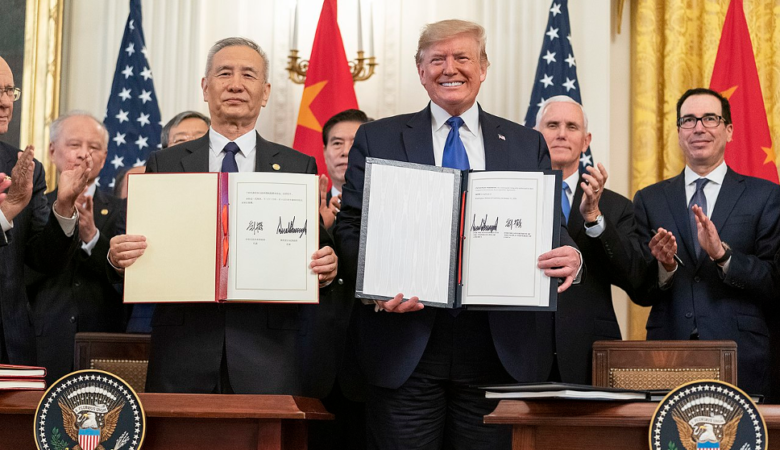U.S. and China Reach Historic Agreement on IP Protections
The historic Phase 1 trade agreement between the United States and China was signed into effect on January 15th. Among its crowning achievements is a framework for intellectual property, the chief complaint from the U.S. that initiated talks. The deal includes several provisions which hold Chinese companies and government agencies accountable for protecting the intellectual property of US firms working in the country. In 2017 the US Trade Representative Robert Lighthizer outlined his core issues with Chinese trade practices in a special report, and progress has been made on nearly every front. Some of the notable takeaways include:
- Burden of proof shifts from the accuser to the accused in cases of trade secret theft, helping US companies in court cases.
- Protections for US companies from unreasonable delays in Chinese patent applications are now in place.
- More transparency and oversight from US entities on the progress of the deal.
At the heart of the initial trade dispute that initiated the negotiations was the issue of coerced technology transfers. U.S. companies had complained that when trying to compete in China they were met with administrative obstacles that made economic activity nearly impossible… unless they formed a joint venture with a Chinese company.
According to the USTR fact sheet the agreement ends China’s “long-standing practice of forcing or pressuring foreign companies to transfer their technology to Chinese companies as a condition for obtaining market access, administrative approvals, or receiving advantages from the government.”
Phase 1 brings progress, the next important deadline comes this February 14th when China is set to release an Action Plan outlining how they will actually enforce the new IP laws. How the US responds to the Action plan will set the tone for future talks. Both Chinese officials and Trump have signaled Phase 2 will not come out until after the election, though negotiations will start soon. Until then, US tariffs (though reduced) remain in place for hundreds of billions of Chinese goods. This is an effective background to pressure Chinese officials, since China’s economy is beginning to stagnate.
Photo Credit: The White House

